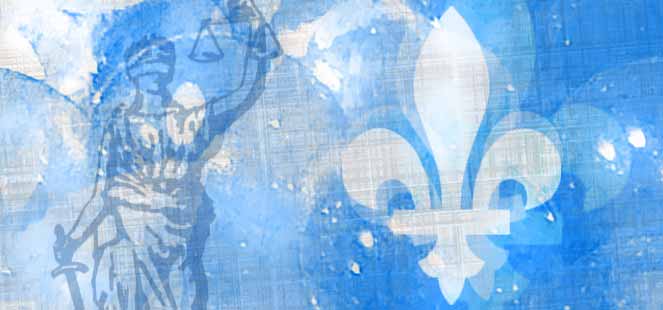Obtaining damages in Quebec civil law

First, it’s important to note that obtaining damages is only one way of obtaining reparation in the event of prejudice caused. Indeed, when the debtor, without justification, fails to perform his obligation, the creditor can also:
- to force performance in kind of the obligation, which means forcing the debtor to perform;
- in the case of a contractual obligation, to demand the resolution or termination of the contract or a reduction in its own correlative obligation;
- or any other means provided for by law.
There are two types of liability: contractual and extra-contractual, as explained in the blog “One’s Civil Liability“. In both cases, to obtain damages, you first need to prove prejudice. This prejudice can be :
- (1) bodily: damage to physical integrity (bodily injury) and/or psychological integrity (psychological injury),
- (2) moral: disturbances and inconveniences, loss of quality of life, defamation, etc;
- (3) material: deterioration or loss of property, money, income, clientele, employment, etc.
Compensatory damages
The purpose of awarding damages is to compensate for the loss suffered. The aim is obviously to obtain fair compensation, without creating unjustified enrichment or undervaluing what the creditor is entitled to. As a result, determining this compensation is not always easy, and generally requires the production of several pieces of written evidence: invoices, receipts, proof of payment, tax returns, expert reports, and so on. Not to mention that, at trial, the rules of evidence require the presence of all those who issued these documents, unless the opposing party obtains the admission of these documents as evidence. As a victim of an injury, it is therefore important to preserve all evidence of the damage from day one, and to consult a lawyer as soon as possible to find out exactly what evidence is needed and how to obtain it.
Let’s take the example of the discovery of hidden defects in a newly purchased house: in addition to having to put the seller on notice before carrying out any work whatsoever, and giving him the opportunity to come and see the damage with his expert, the buyer will have to enlist the services of an engineer to draw up a report to determine the cause of the problems and the work to be carried out. Obtain at least two estimates from contractors for the cost of repairs and retain all invoices and proof of payment for professional services and the purchase of materials. Produce insurance claim documents with full details if your insurer covers part of the work. Provide proof of the family’s relocation to another home during the work. If the defect has caused health problems, provide doctors’ reports for each sick family member, as well as receipts for medication. If the buyer decides to carry out the work himself, he will need to keep a record of his working hours to be able to claim them. Clearly, every case is different, and the evidence required needs to be weighed up.
Punitive damages
In addition to compensatory damages, it is also possible, in certain circumstances, to claim punitive damages, also known as exemplary damages. As the name suggests, these damages are intended to punish the debtor for his wrongful and reprehensible behavior, and to deter others from behaving in the same way in the future. The cases in which this type of damage can be obtained are limited, since in Quebec law they must be expressly provided for by law. For example, article 49 of the Charter of Human Rights and Freedoms, article 1899 of the C.C.Q., article 272 of the Consumer Protection Act, article 1 of the Tree Protection Act.
Whether you are the perpetrator or the victim of an injury, our best advice is to consult us.